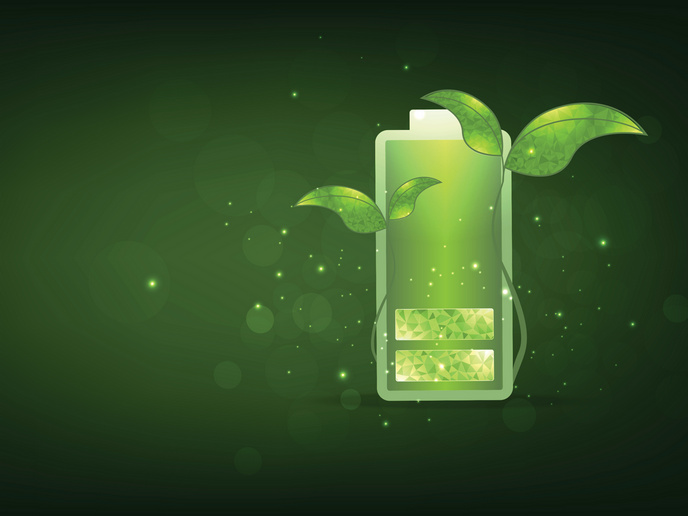Super efficient boats riding high on a cushion of air
Air supported vessel (ASV) technology has resulted in fast ferries that cut journey time dramatically for passengers and freight. Support of the vessel is from a captured quantity of air known as a bubble. Hydrofoils, large fin like structures, lift the hull clear of the water at speed, give support and control. With EU funding, the Effises project with 13 partners from 9 European countries aimed to develop a new generation of energy-efficient fast ships using air cushion techniques and approved catamaran hull configurations. SES Europe AS, experts in high-speed marine transport, headed the project to improve fuel and hull efficiency, reduce emissions and decrease wake wash or turbulence which can damage coasts and moored vessels. The Effises team worked on two ASV catamarans to increase air support up to 85\;% for the 40 metre catamaran passenger ferry and 50\;% for the larger 125 metre Ropax vessel. Ropax is basically a roll-on/roll off freight vehicle ferry with passenger accommodation. Trials for the new boats were comprehensive. After successful tests in tanks in still water and wave conditions, two large operational manned prototypes confirmed the tank results. Test runs were made in a range of locations, the Mediterranean, the Danube and Scandinavian waters. The results were very encouraging. For the 40 metre boat, improvements of up to 40\;% efficiency were recorded. All important for safety and efficiency, motion was recorded as excellent. The Ropax vessel gave equally impressive figures and high speed efficiency improvements nudged 20\;%. For both models, load carrying capability and transport efficiency come into the market leader bracket. From a green point of view, wake wash was lower, good news for coastline erosion. The Effises engineers have proved that significant technical improvements can be developed into fully operational vessels. The new environmentally-friendly fast ships can be used both on inland waterways and offshore ferries. Freight and passenger movement will both benefit, improving marine transport efficiency in line with Europe's vision for relieving the load on overcrowded roads.







